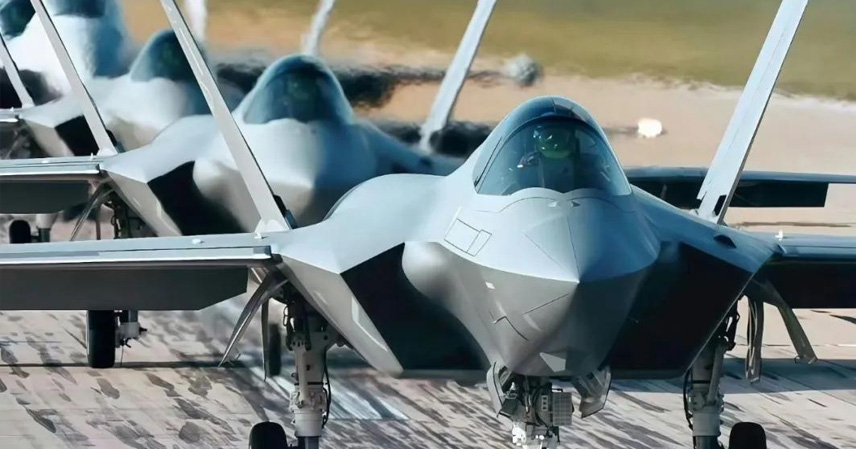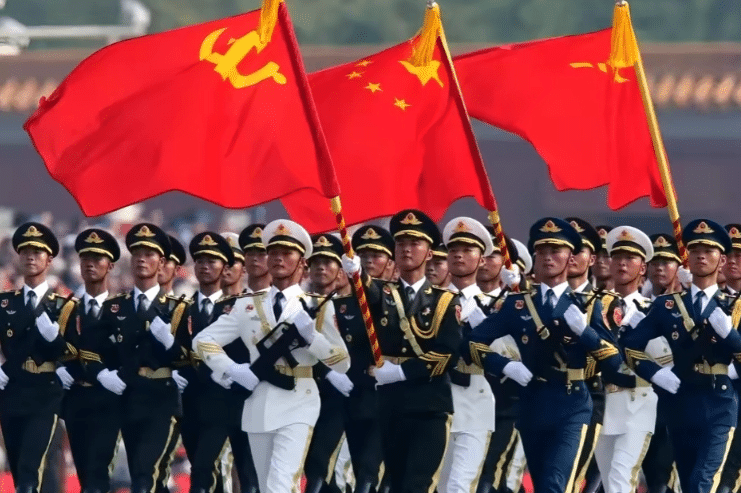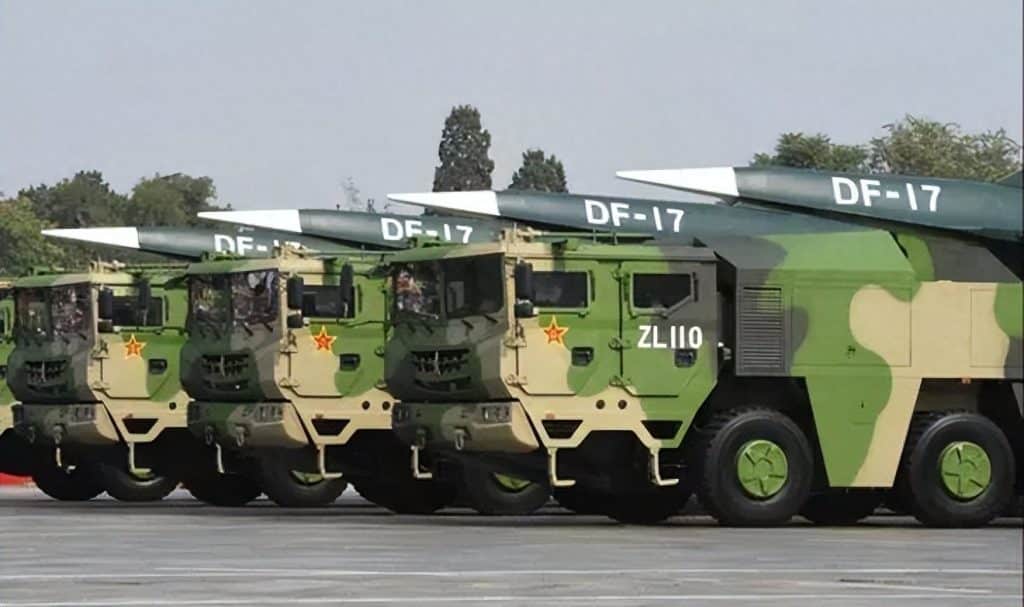In the wake of the recent 5.7 aerial engagements, Pakistan faced an unexpected escalation: India, having already acquired 144 Rafale fighter jets, unveiled a new expansion plan, including the procurement of 140 Su-57 fifth-generation stealth fighters.
India’s Expanded Procurement Plan
The British Aviation Monthly recently revealed the detailed losses from the 5.7 air skirmish, which saw 12 Indian jets damaged, including 4 Rafale F4s shot down.
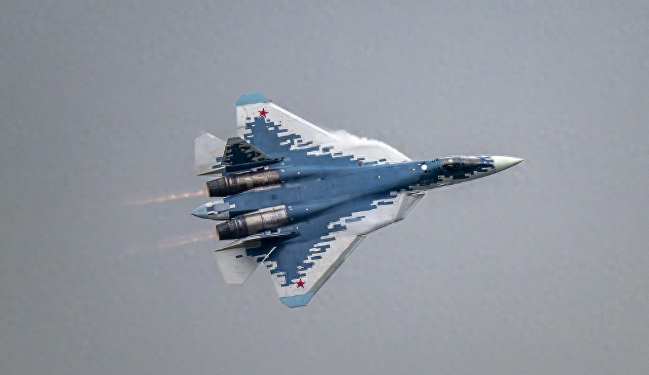
Despite the setback, India announced plans to:
- Increase the Rafale fleet to 150 jets, justifying the move as creating a scale advantage over Pakistan.
- Acquire 140 Su-57 stealth fighters from Russia, with a portion to be assembled domestically at HAL factories.
The plan aims to leverage both four-and-a-half generation technology (Rafale) and fifth-generation stealth (Su-57) to assert air superiority over Pakistan.
Technical and Operational Challenges
The Rafale’s performance in domestic exercises revealed vulnerabilities:
- Radar lock times in mid-range engagements were 1.2 seconds slower than expected.
- Electronic warfare systems occasionally failed under high-altitude, high-temperature conditions, reducing engine thrust by 8–10%.
Meanwhile, Pakistan’s J-10CE is equipped with active electronically scanned array (AESA) radar, detecting targets 50 km beyond the Rafale and capable of launching PL-15 long-range missiles.
This operational gap partly explains India’s pivot to the Su-57, seeking a platform capable of stealth penetration and long-range engagement.
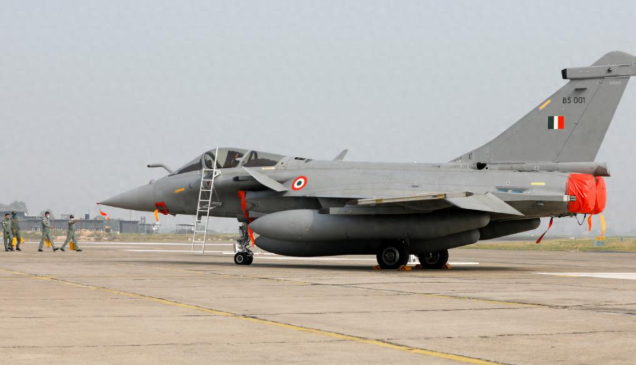
Domestic Assembly and Technical Hurdles
India’s plan involves:
- 48 fully built Su-57s delivered initially.
- 92 units assembled locally at HAL, with partial Russian technical transfer.
Challenges include:
- Russia’s limited production capacity: only 18 Su-57s produced in 2024, mostly allocated to front-line Russian forces.
- Restricted technology transfer: core stealth coatings and single-crystal turbine blade processes remain unavailable.
Previous HAL projects, such as the Su-30MKI assembly, experienced 30% higher failure rates due to incomplete tech transfer—a risk that scales with the Su-57 program.
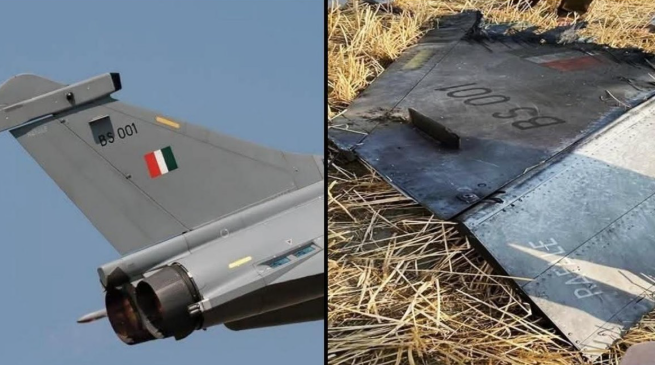
Pakistan’s Countermeasures
In response, Pakistan:
- Explored the J-35 stealth fighter with Chinese manufacturers.
- Already deployed 8 YLC-8E anti-stealth radar systems, capable of detecting targets 350 km away and tracking 200 airborne objects simultaneously.
During exercises, YLC-8E successfully tracked stealth aircraft analogs, signaling that even India’s Su-57s could face detection challenges in South Asian skies.
System Compatibility and Logistical Strain
India faces a complex interoperability issue:
- Rafale uses NATO-standard systems.
- Su-57 follows Russian protocols.
- India’s current fleet includes 13 different aircraft types with 20+ ammunition variants.
Adding Su-57s complicates maintenance, training, and logistical support, creating operational bottlenecks and inflating costs.
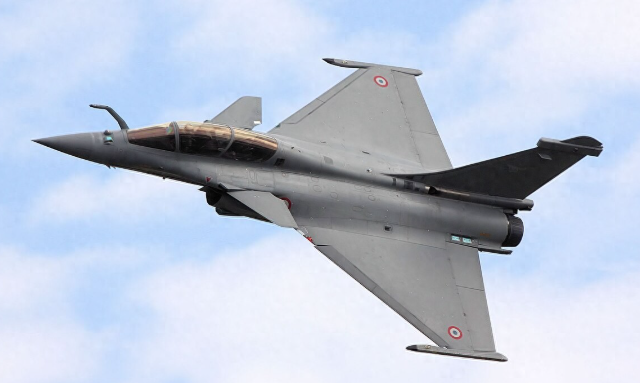
Budgetary and Strategic Implications
The total cost of:
- 114 Rafale jets: $27.4 billion
- 140 Su-57s: $35 billion
Exceeds $62 billion, against a 2024–2025 defense budget of $90 billion. India has already cut Army procurement projects, such as 120 T-90 tanks and postponed Arjun tank upgrades, to accommodate the air force’s spending.
This overemphasis on airpower risks imbalancing India’s defense ecosystem.
Strategic Takeaways
The South Asian airpower competition will continue:
- Can India integrate Su-57s effectively while operating Rafale and legacy Russian aircraft?
- Will Pakistan’s J-35 acquisition materialize and counter Indian fifth-generation threats?
- Will Pakistan’s anti-stealth radar systems limit India’s stealth advantages?
One certainty: simply buying advanced aircraft does not guarantee air dominance. True military superiority requires:
- Robust industrial base
- Efficient logistics and maintenance
- Coherent strategic planning
Without addressing these systemic factors, India’s multi-billion-dollar procurement may fail to secure regional air superiority.

